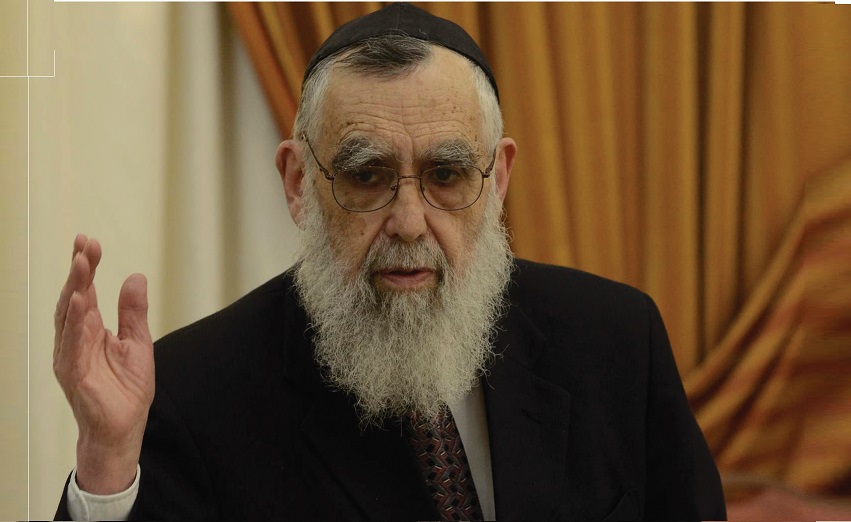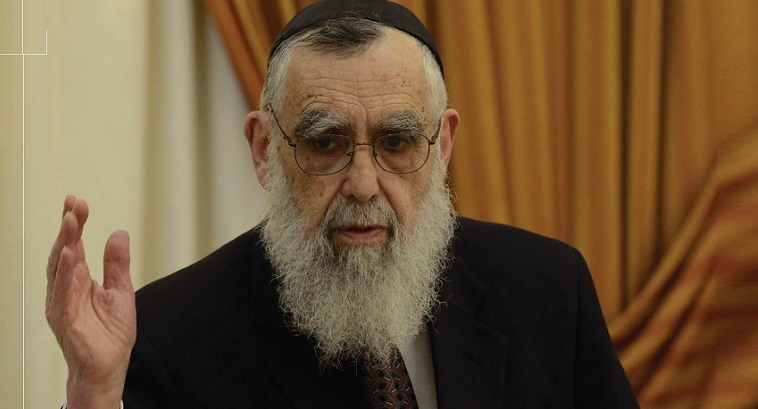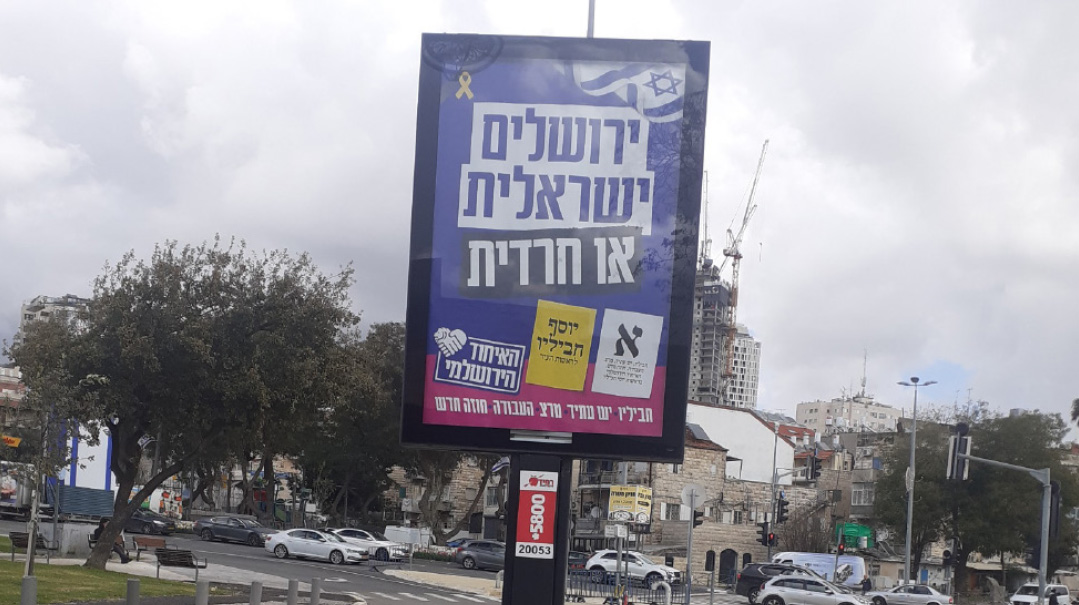The Mashiach at the Gates: A Fable for Today

Our Redemption will take place only when there is unity within Klal Yisrael
There were seven gates in the “azarah of the Beis Hamikdash….” (Middos 1:4)
Once upon a time, in the year 5780, after millennia of Jewish praying and yearning, the Mashiach finally arrived at the gates of Jerusalem.
He tried to enter through the first gate, but the gatekeeper, who was wearing a kippah serugah, seeing that the gentleman who claimed he was the Mashiach was not wearing a kippah serugah, doubted his authenticity and concluded that he must be a false Mashiach. The gatekeeper denied him admission.
The Mashiach tried a second gate, but the gatekeeper, who was wearing a black hat with a three-inch brim, seeing that the gentleman who claimed he was the Mashiach was not wearing a black hat with a three-inch brim, doubted his authenticity and concluded that he must be a false Mashiach. The gatekeeper denied him admission.
The Mashiach tried a third gate, but the gatekeeper, who was wearing a shtreimel, seeing that the gentleman who claimed he was the Mashiach was not wearing a shtreimel, doubted his authenticity and concluded that he must be a false Mashiach. The gatekeeper denied him admission.
So it went at all the seven gates to Jerusalem. Each of the gatekeepers at each of the remaining gates was wearing a different head covering:
At the fourth gate, a turban;
at the fifth gate, a gray fedora;
at the sixth gate, a black velvet yarmulke;
at the seventh gate, a black hat with a one-inch brim.
Wherever the Mashiach was not wearing the precise duplicate of the gatekeeper’s head covering, he created doubt and suspicion, was considered a false Mashiach, and was denied admission. Thus was he not permitted to enter any of the seven gates to Jerusalem.
And there he stands, waiting patiently for someone to let him in.
What kind of head covering was the Mashiach actually wearing?
He was wearing none of the above.
That’s because he was wearing all of the above.
A fantasy? Perhaps. Perhaps not.
Perhaps it means that our Redemption will take place only when there is unity within Klal Yisrael, a unity that parallels the unity that existed when we received the Torah at Sinai. In Shemos 19:2, the Torah uses the singular verb form when it relates that “Israel dwelt at the foot of the mountain” — vayichan (not the normative plural form, vayachanu) sham Yisrael neged hahar. To which Rashi, citing Mechilta, adds: “Singular and not plural form, because they dwelt as one person with one heart.” Because of this unity, says the Ohr HaChaim, we were deemed worthy of receiving the Torah.
It is reasonable to assume, therefore, that just as we were as one at the Revelation at Sinai, so also must we be as one at the final consummation of our history. Specifically, just as the Second Temple was destroyed because of sin’as chinam, baseless hatred of one another, so must the ultimate restoration of the Jewish People come about through the expiation and repair of sin’as chinam — i.e., by practicing its polar opposite, which is ahavas chinam, baseless love of one another.
Are we approaching that long-anticipated moment in history when Jews will stand united before G-d and be found worthy of the Redemption?
Or is this a fantasy too? Perhaps. Perhaps not.
Meanwhile, the Mashiach and all his head coverings linger patiently at the gate.
(Originally featured in Mishpacha, Issue 798)
Oops! We could not locate your form.




